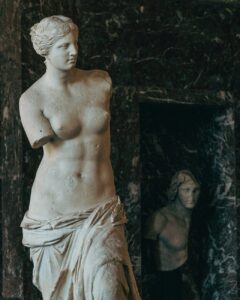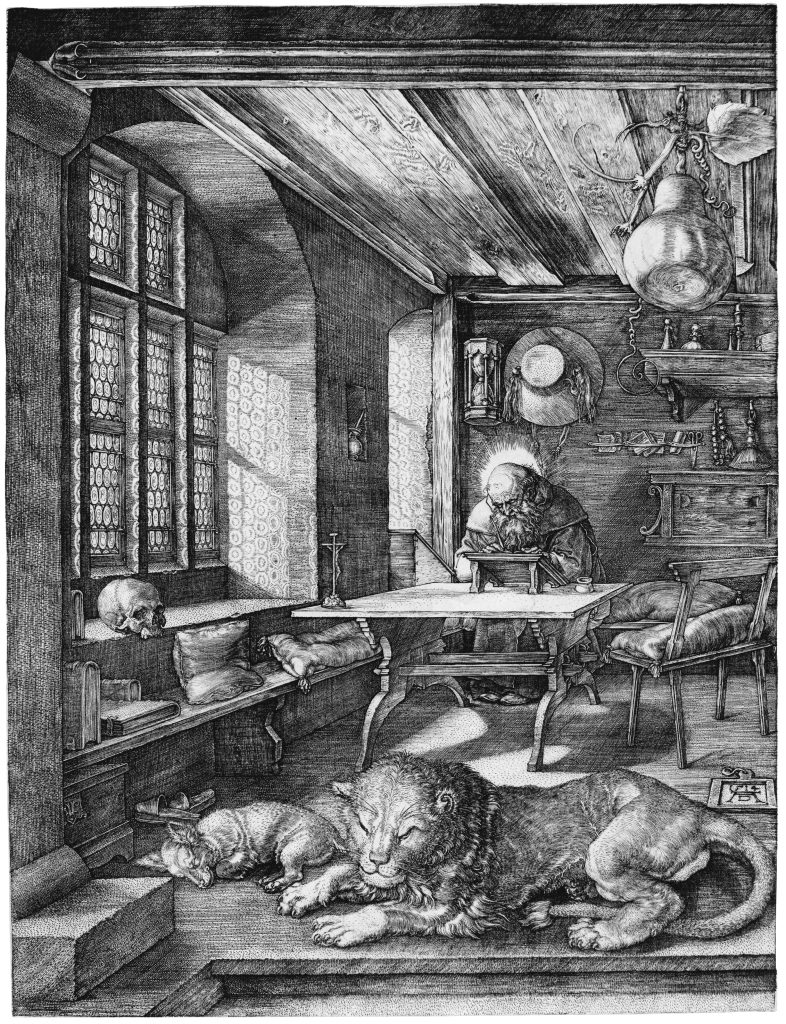Sculpture
Sculpture
Sculpture is a fine art form that has been practiced for thousands of years. Throughout history, artists have used a variety of techniques to create three-dimensional works of fine art, ranging from carving and casting to welding and assemblage. In this article, we will explore some of the most popular techniques for making sculptures.
Carving
Carving is a traditional technique that involves removing material from a solid block of stone, wood, or other material. The artist uses tools such as chisels and hammers to shape the material, creating a three-dimensional form. Carving requires a high degree of skill and precision, as mistakes cannot be easily corrected.
Modeling
Modeling is a technique that involves adding material. The artist uses clay, wax, or another malleable material to build up the form, adding and subtracting as necessary. Modeling allows for a great deal of flexibility, as the artist can easily make changes or experiment with different forms.
Casting
Casting is a process of making a mold and pouring a liquid material into it. The material can be anything from plaster to metal, depending on the desired effect. Casting allows for the creation of multiple copies of a sculpture, making it a popular technique for creating public monuments or large-scale installations.
Assemblage
Assemblage is a technique that involves combining found objects or materials. The artist collects materials such as wood, metal, or plastic and arranges them into a three-dimensional form. Assemblage allows for a high degree of creativity and experimentation, as the artist can use any materials they choose.
Welding
Welding is a technique that involves joining metal parts together using heat and pressure. The artist can create a sculpture by welding together different pieces of metal, such as rods or sheets. Welding allows for a high degree of control and precision, making it a popular technique for creating large-scale sculptures.
3D Printing
3D printing is a modern technique using computer-aided design (CAD) software. The artist creates a digital model which is then sent to a 3D printer. The printer creates the sculpture layer by layer using a variety of materials, including plastic, metal, and even food. 3D printing allows for a high degree of precision and the ability to create complex forms that would be difficult or impossible to create using traditional techniques.
In conclusion, sculpture is a diverse and exciting fine art form that offers endless possibilities for creative expression. From carving and casting to welding and 3D printing, there are many techniques available for artists to experiment with and explore. By combining traditional and modern techniques, sculptors can create works of art that are both timeless and innovative.


